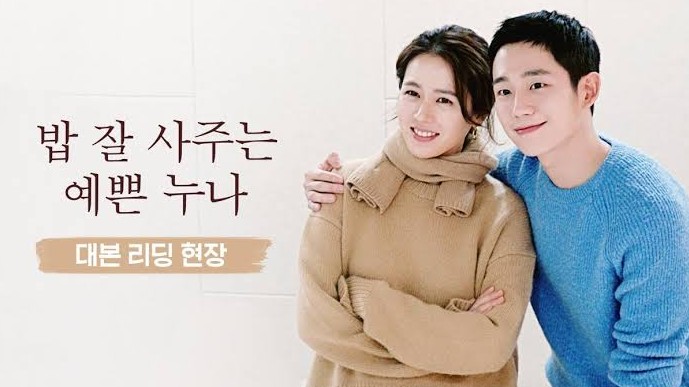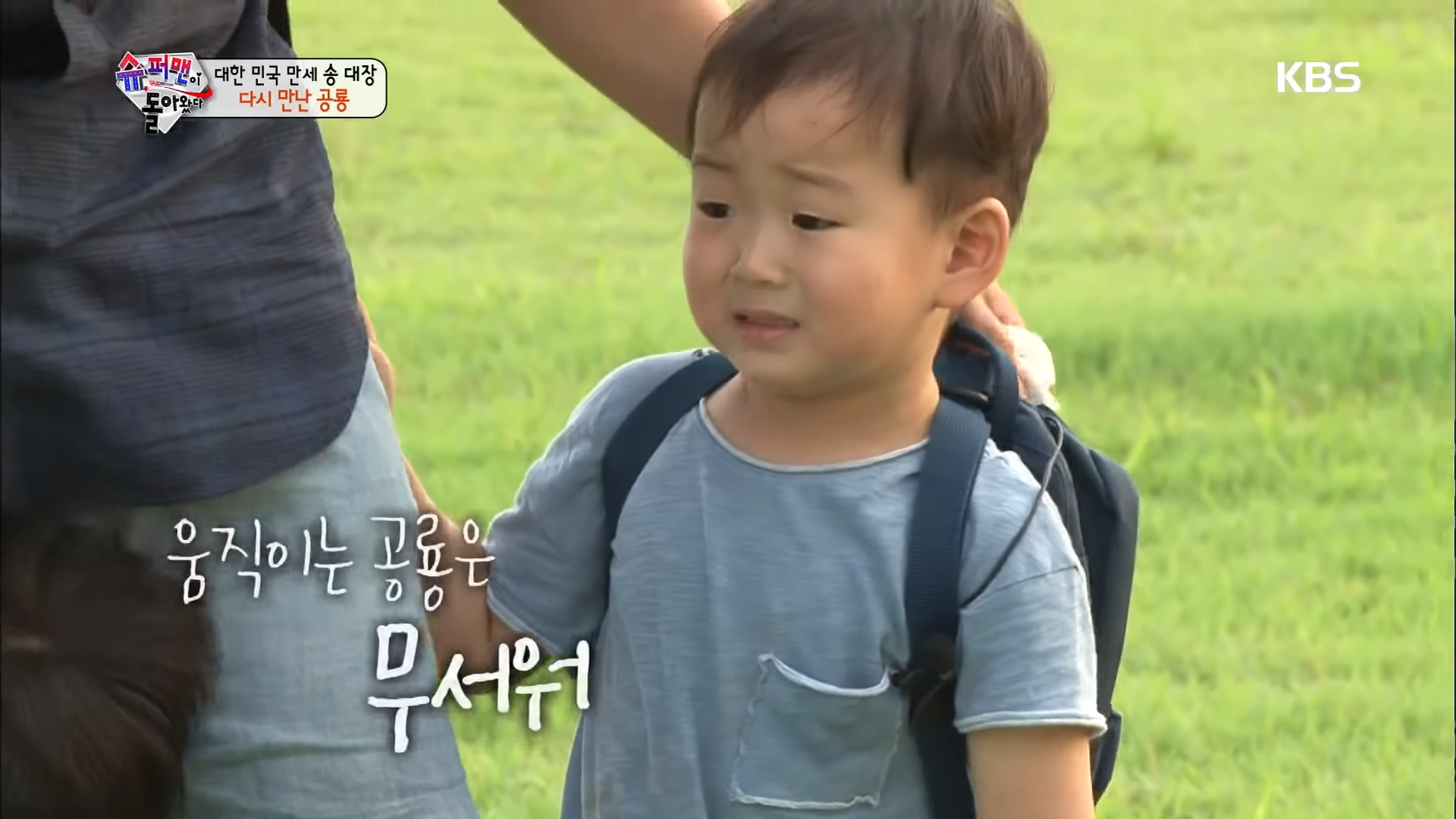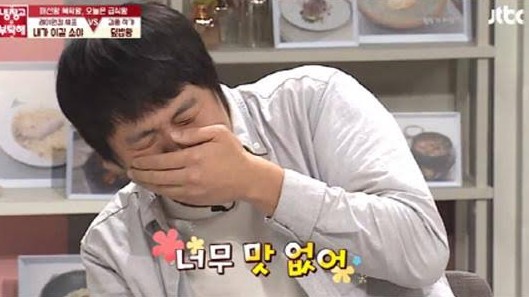Yeorobun, annyeonghaseyo! We are gonna discuss the basic Korean grammar, particularly adjectives pattern. Similar to English, Korean structure and grammar consist of nouns, verbs, adjectives, and adverbs. Noun basically refers to human beings, places, things, etc. Meanwhile, adjective is type of word that describes noun. Korean adjectives derive from verbs. Those are categorized as descriptive verbs, not action verbs. The base form of Korean adjectives basically ends with syllable ‘다’ (da), just like the verbs. We should also notice some rules of adjective structure and pattern. Please find them below.
1. Forming Korean Adjectives in Sentences

As we have discussed above, adjective pattern is same with verb in general. The basic structure is: adjective + ㅂ니다 (for adjectives which end with vowel). Meanwhile, for adjectives which end with consonant, we use this structure: adjective + 습니다. Please see the sentences below:
언니가 너무 예쁩니다 (Eonniga neomu yebbeumnida) = Sister is very pretty
지금 우리는 정말 행복합니다 (Jigeum urineun jeongmal haengbokhamnida) = We are really happy now
2. Forming Adjective Phrase

Source: JTBC Drama YouTube
In point 1 explanation, we position the adjective as descriptive verb. So, what if we turn it into the phrase? Let’s say we want to say “very pretty sister” instead of “sister is very pretty”. Please learn the formula: adjective + -ㄴ (for adjective that ends with vowel) or adjective + -은 (for adjective that ends with consonant). Please learn the difference below:
언니가 너무 예쁩니다 (Eonniga neomu yebbeumnida) = Sister is very pretty -> a sentence
너무 예쁜 언니 (Neomu yebbeun eonnie) = very pretty sister -> a phrase
3. Irregular Form of Korean Adjectives: Suffix -ㅂ Change

There are special cases we should notice in adjective formula. Formulas in point 1 and 2 above are not applicable for irregular forms. We will find some changes in irregular forms, for example adjective with suffix ㅂ. We have to change suffix ㅂ -> ㅜ. Let’s put an example with 무섭다 (museobda) that means scary. We can’t say 무섭은 곰 (museobeun gom). The correct form is 무서운 곰 (museoun gom). Please see its change in formula below:
무섭다 -> 무섭 -> 무서 + 우 -> 무서우 + -ㄴ = 무서운
무서운 곰 (Museoun gom) = scary bear
4. Removing ‘ㄹ’ in Irregular Form

Verbs and adjectives that end with -ㄹ are irregular. To form an adjective word, we add -ㄴ/은 (explanation in point 2) to the stem and remove ㄹ. Let’s take the example with 길다 (gilda) and 멀다 (meolda). We can’t say 길은 거리 (gireun geori) for ‘long street’ or 멀은 사무실 (meoreun samusil) for ‘far office’. Please learn the correct formula below:
길다 -> 길 -> 기 + -ㄴ -> 긴 거리 (long street)
멀다 -> 멀 -> 머 + -ㄴ -> 먼 사무실 (far office)
5. Korean Adjectives Formula for -있다/ 없다

Specific case for -있다/ 없다 is also applicable. We add suffix -는 after adjective words that end with -있다/ 없다. We can take an example from 맛없다 (maseobda) which means ‘not tasty’. We can’t say 맛없은 짬뽕 (maseobseun jjamppong). The correct one is 맛없는 짬뽕 (maseobneun jjamppong). Please see the formula below:
맛없다 -> 맛없 + -는 -> 맛없는 짬뽕 (not tasty jjamppong noodle).






